Why Your Pilot Light Keeps Going Out & How To Fix [With Pictures]
That dang pilot light keeps going out !!! And it's ruining everything you had planned today! Nothing beats the feeling of a hot water shower. But when it doesn't happen...well let's just say there are some things worse than taking a cold bath! The one thing everyone despises is no hot water. This can be extremely frustrating - not only for showering, but for all the other tasks you need hot water to perform. So much for all the cleaning, laundry, and hand washing that needs to be done!
You don’t have to put your day on hold due to an unreliable pilot light. Read more to find out what a pilot light is, why it’s so critical to your comfort, how to relight it, and how to protect your comfort going forward.
But, if you discover that your water heater leaking water is the source of your water dilemma check out our post on what to do when your water heater is leaking water !
Fix Your Pilot Light
Now With A Pro!
What’s A Pilot Light?
The pilot light is a device that holds a continuously burning flame. The purpose of this part is to ignite the burner. How? Well, when your appliance is turned on, gas is released from the main burner, and the pilot light flame ignites the gas to provide heat. As this heat warms the main burner, air or water inside your appliance is heated and then distributed as necessary throughout your home or business.
Appliances With Pilot Lights
A pilot light is more likely to be found in water heaters or in older furnaces and boilers. You may also find that your gas fireplace has a pilot light as well. To learn how to turn on your gas fireplace pilot light explore here. In the more recent years pilot lights are being replaced with a hot surface igniter or a spark igniter.

water heater pilot light
The pilot flame ignites the gas to create warmth in your home or business. So if your hot water is not working, inspect your water heater pilot light. And if you have no heat check to see if your furnace or boiler pilot light has gone out.

pilot light in furnace

Boiler
Water Heater Pilot Light: Where Is It And What Does It Do?
At the base of your gas water heater, you will find an access panel directly beneath the thermostat. Inside the access panel lies the gas water heater pilot light. There will be a gas panel where you can see if the pilot flame is lit. The pilot light is a small flame used to ignite the gas burner on your water heater. This is necessary for warming the water that will be redistributed throughout your home. If you have no hot water and relighting your pilot light is unsuccessful, you will need a water heater repair.

water heater pilot light keeps going out
Warning ! Do not remove burner and pilot from inside your water heater. This picture was taken by a water heater profession for a demonstration on pilot lights.
What Makes Your Water Heater Pilot Light Go Out
A Faulty Thermocouple Is The Reason Your Pilot Light Keeps Going Out

Faulty thermocouple on water heater
The thermocouple detects when your pilot light is burning. This copper rod is a safety feature that will shut down the heater's gas supply if your water heater pilot light goes out. Due to natural wear and tear, a thermocouple can get bent out of position, malfunction, become damaged, or coated in dirt or a build up of carbon. In any of these scenarios, the thermocouple will be unable to accurately sense the pilot light and consequently stop the heating operation.
Strong Breeze Can Blow Out Pilot Light
It is not unlikely for excessive wind or a nearby draft to extinguish your pilot light flame. If your pilot light is simply blown out, you should have no problem retaining the flame when you relight it.
Kink in the Flex Tube
Flex tubes supply fuel to the gas controller. A kink or twist in the tubing will prevent the gas from flowing and cause pilot light problems.
Filthy Pilot Light Opening Can Make Pilot Light Keeps Going Out
If the mouth of the pilot is filled with gunk and dirt, it's nearly impossible for it to hold a flame. The flame it does hold will be weak, and easily extinguishable. A dirty pilot orifice will prevent your pilot light from staying lit.
How Do I Re-Light My Gas Water Heater Pilot Light?

Water heater pilot light not lit
Step 1: Thoroughly Read Gas Water Heater Manual
Find your water heater manual to get a better understanding where each part of your water heater is located.
Step 2: Turn Down Thermostat

Turn water heater thermostat down
Start by turning your water heater thermostat to the lowest setting or off.
Step 3: Turn OFF Gas

water heater gas valve
Locate the gas shut-off valve and turn it to "Off." The gas shut off valve is located near the base of your water heater on the gas line. You must wait at least 5 minutes to ensure all the gas has dispersed before moving onto the next step.
Step 4: After 5 Minutes, Turn The Gas Control Valve Setting On Water Heater To "Pilot"

Now turn the gas control valve located on the water heater to “Pilot”. The word "Pilot" should be in the middle.
Step 5: Hold
Down
the Reset Button

Hold water heater reset button down
Next, hold the reset button down. This a button located to the left the gas control valve and is usually red. Hold this button down. For precaution, use the manual to identify each part.
Step 6: While Holding Down The Reset Button, Press The
Igniter

Hold down water heater igniter
To the right of the gas control valve is the igniter. While continuing to hold the reset button down, click the igniter. Click until you see a blue flame in the gas window of the water heater.
Step 7: Continue To Hold Down The Reset Button For 20-30 Seconds.
After you see the flame and take your finger off the igniter, you must continue to hold down the reset button. Keep it pressed for 20-30 seconds longer.
Step 8: Turn The Gas Control Valve To The "On" Setting

Gas Control Valve on water heater
Now that the pilot is lit, you can turn the gas control valve back to the "On" setting. "On" should be in the center slot now.
Step 9: Turn The Thermostat Up

turn thermostat up on water heater
Now you can turn your thermostat up so you can get that hot water running again!
Step 10: Enjoy Your Warm Water, Or Ask For Help!
If you try and to relight the pilot light and it will not stay lit, you may need a water heater repair from a Pro to help you out.
But What If You Don't Have A Manual Igniter ?

After You Turn Down The Thermostat And Shut The Gas Valve: Open Access Panel
Next, remove the access panel underneath the water heater thermostat. You can use a wrench.
After 5 minutes, Turn Gas Control Valve To "Pilot"
Now turn the gas shut off valve to “Pilot”.
Next, Hold Gas Control Valve Down And Ignite Pilot With A Lighter
As you hold down the gas knob, light the pilot with a long lighter, think of BBQ skewer. But, if your gas water heater has an igniting button, press that instead.
Once The
Flame Is Lit,
Turn Gas Control Valve to "On"
Once the pilot light is ignited, you can release the reset button after 30 seconds and turn the gas knob to the “On” position. At this time you should hear the main burner come on. Now your pilot light should hold a flame and hot water should be restored!
Furnace Pilot Light: Where It Is And What Does It Do?
The pilot light on a gas furnace is very important for creating heat in old furnaces. This continuously burning flame will ignite the gas, when the gas valve opens. Then, this heat warms the air brought into your furnace, which will be redistributed throughout your home. If your pilot light is out, you may experience your furnace blowing cold air. The pilot light is one of many possible reasons for why your furnace won't turn on. Explore more reasons for why your furnace won't turn on here !
You can locate the pilot light by following the gas line into your furnace. The gas valve should have a switch that indicates whether the pilot light is on or off. From there, you should see a small tube that leads from the gas valve to the burner. Follow that small tube and you should find the location of the pilot light.
Why Furnace Pilot Light keeps going out
There are many reasons for why the pilot flame keeps going out in your furnace. Let's dive in!
Faulty Thermocouple Triggers Pilot Light to Go Out
The thermocouple is a safety device designed to shut off the gas valve if the pilot light goes out. Although, if your thermocouple is old, worn, damaged, wrongly positioned, or malfunctioning, it could be wrongly shutting off the gas valve as well as preventing your pilot light from staying lit.
Dirty Thermocouple Makes Pilot Light Keeps Going Out
A dirty thermocouple may falsely trigger the safety device to stop ignition. The thermocouple can mistakenly turn off the gas valve and eliminate the burning flame.
Filthy Pilot Port/Orifice

Inspect Flame. If the flame is orange call an HVAC Pro ASAP!
If you light your pilot and the flame is yellow, it means a dirty pilot opening is preventing your pilot light from staying lit. When there is build up of dirt in the pilot light port, it can prevent the flame from properly engulfing the thermocouple. Therefore the safety mechanism is triggered, turning off the gas. This is a very common culprit resulting in why your pilot light keeps going out.
Bad Gas Regulator
If you have gas appliances in your home, then you have a gas regulator outside your home. When your gas regulator is not working properly, your furnace may not receive enough gas to maintain its pilot light. If the pilot light is out in more than one household device, such as your water heater, it is likely a bad gas regulator.
Bad Flue Venting Could Blow Out Pilot Light
If your flue pipe is loose, cracked, or not properly connected to the furnace, excess wind could enter through the holes and extinguish the pilot light flame.
A Strong Draft
There is always the possibility that it was simply a strong draft that put your pilot light flame out.
How To Re-Light A Furnace Pilot Light ?
Step 1: Review Furnace Manual
First and foremost, it is important to find the manual for your furnace. The manual will give you a better understanding of the inner workings of your specific furnace.
Step 2: Identify Pilot Light
Using the manual, find where the pilot light is located in your furnace. You will need to take off the front of the furnace to get proper access
Step 3: Turn OFF Gas

Next, identify the gas valve and turn it off. Most furnaces have a small valve near the bottom of the furnace. In general the gas valve has three settings, "ON", "OFF", and "PILOT". Turn the valve so that it’s in the “OFF” position. Before you take the next step, it is very important to wait for at least 5 minutes to ensure all gas has cleared out the pipes. Otherwise a catastrophe could ensue.
Step 4: WAIT 5 Minutes, then Turn Gas to "Pilot"
After waiting 5 minutes turn the gas valve to the position “PILOT”. It is critical that all the gas has dissipated before turning the gas position to pilot. A few minutes could be the difference between peace and a disaster. Remember, gas is explosive!
Step 5: Hold Reset Button
Next, hold the reset button. The reset button is near the gas valve, but if you have trouble finding it, your furnace owner’s manual should guide you in the right direction.
Step 6: Press Igniter While Holding Reset Button
Now as you continue to hold the reset button down, press the igniter to light the flame. Once the flame is lit, release the igniter and continue to hold down the reset button. Keep the reset button pressed down for 20-30 seconds. If you do not have a manual igniter you can use a BBQ lighter to light the pilot.

pilot light in furnace
Step 7: Turn Gas to "ON" position
Once the pilot light is re-lit, turn the gas control valve back to the “ON’ position. You should be able to heat your home now!
Step 8: If you Aren't comfortable yet, call a pro!
If after following the proper steps you still can't get your pilot light to stay lit, then call an HVAC pro for a furnace repair.
Boiler Pilot Light: Where It Is And What Does It Do?
The pilot light in your boiler is essential for creating heat. The pilot burns continuously so it can ignite the gas when the gas valve is opened. When this happens, your boiler begins to heat the water, which is then redistributed for warmth throughout your home. In the event that your pilot light goes out, your boiler and central heating will not function.
The pilot light is located inside your boiler across from the gas valve. The boiler manual should give you a better understanding of where each part is located.
Why Boiler Pilot Light Goes Out
Dirty or Damaged Thermocouple Explains Why Pilot Light Keep Going Out
A faulty, misaligned, dirty, or damaged thermocouple is often the culprit behind your pilot light going out. The thermocouple is an automatic safety shutoff device that prevents the gas valve from opening if the pilot light is out. If there is a problem with your thermocouple or if it is simply covered in dirt and debris, you may experience pilot light problems.
Dirty Pilot Opening
Whenever you light your pilot light and notice a yellow flame, a dirty pilot opening is causing your furnace pilot light to keep going out. If dirt collects in the pilot light port, it can prevent it from thoroughly engulfing the thermocouple with its flame. This falsely triggers the thermocouple safety mechanism, turning off your gas and putting out your heat.
Weak Gas Regulator Can Make Pilot Light Keeps Going Out
You have a gas regulator outside your house if you have gas appliances. A malfunctioning gas regulator may prevent your furnace from receiving enough gas to maintain its pilot light. If you notice pilot light problems on more than one appliance, such as your water heater, you may have a faulty or weak gas regulator.
A Strong Draft
A strong draft can easily snuff out your pilot light.
How To Re-Light Boiler Pilot Light
Step 1: Use and Refer to Boiler's Owner Manual
Make sure you are familiar with the parts of your boiler by looking through the manual. Often the manual includes instructions for reheating the pilot light.
Step 2: Shut OFF Boiler
Always start with turning off the boiler.
Step 3. Shut OFF Gas
Locate the gas valve and turn it “OFF”
Step 4. Wait 10 Minutes
Wait about 10 minutes to make sure there is no leftover gas in the pipes.
Step 5. Open Boiler and Locate Pilot Light
After waiting, you can now open up the boiler. Remove the access panel to gain access to the pilot light. In most cases, this panel is located adjacent to the gas control knob box. Sometimes you can just lift the panel up, but occasionally it may be screwed on.
Step 6. Turn Gas to "Pilot"
Now, turn the gas control valve to the “Pilot” position.
Step 7. Hold Reset Button, Then Click Igniter
Next, press and hold the reset switch. While you are holding the reset button, click the igniter button until you see a flame. You should continue to hold the reset button for an additional 20-30 seconds after the flame is lit.
Step 8. Turn Gas Control Valve To "On" Setting
Once the pilot light is re-lit, turn the gas control valve back to the “ON’ position. You should be able to heat your home now!
Step 9. Relax in Comfort
How did it go? Is your home heated and comfortable yet? If your pilot light struggled to maintain it's flame, or you are still unsure how to light your pilot light, a boiler repair is only a call away! You don't have to deal with a cold house any longer; leave your questions and concerns to a certified professional. Call or schedule online for a boiler repair here !
How Do I Prevent My Pilot Light From Going Out?
Maintaining your water heater, furnace, and boiler will prevent those pesky pilot lights from going out. During a maintenance check, a professional will inspect the condition of the pilot light and thermocouple, as well as clean them both so they work at optimal efficiency. Additionally, depending on the appliance, a pro will evaluate the gas valve, all of the connecting piping and wiring, flue venting, and all other functioning parts of your appliance to ensure each part is operating at maximum efficiency. Learn more about a furnace tune- up here ! Regular maintenance for your furnace, water heater, and boiler is a necessity so that you can ensure your heat or hot water never goes out!


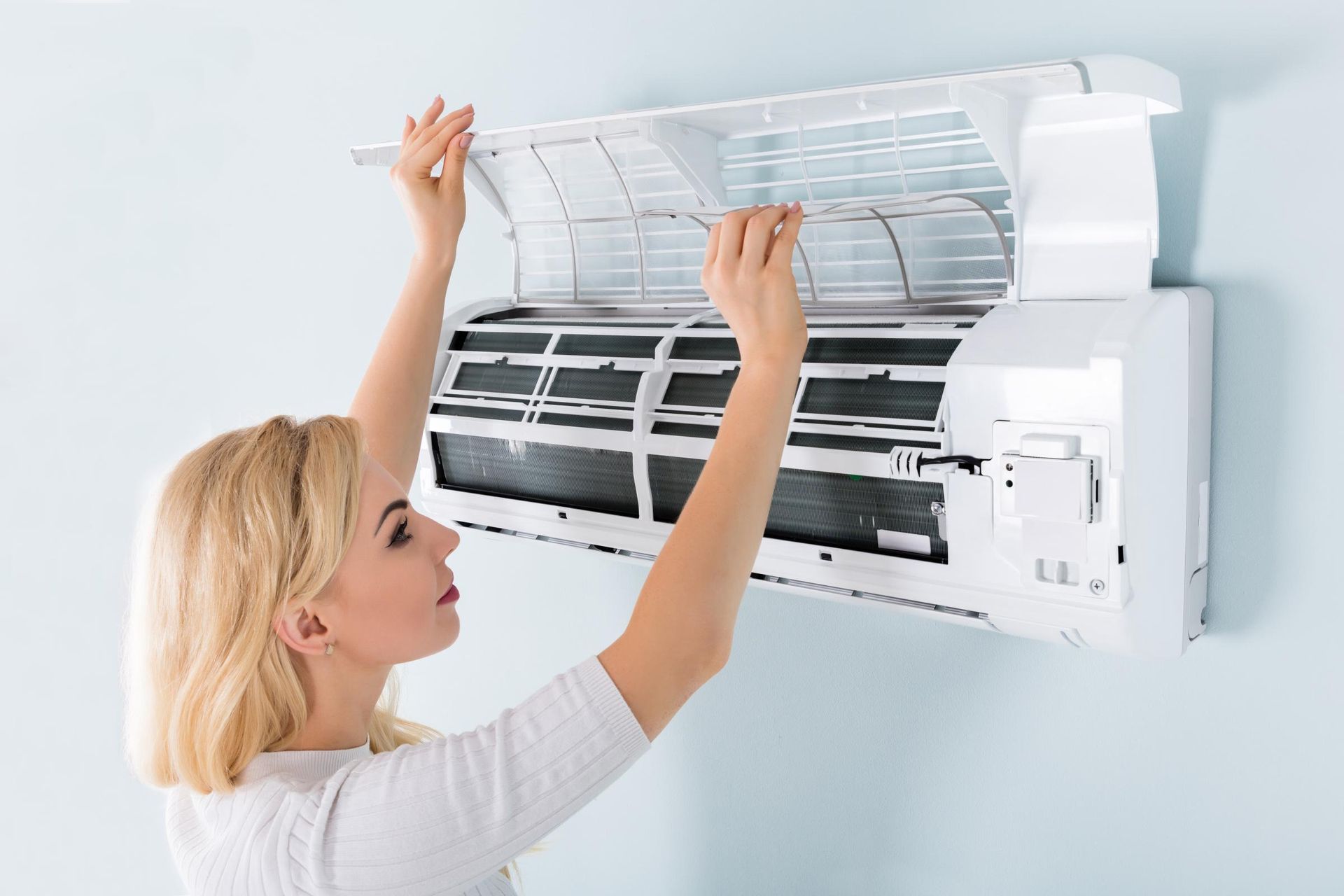
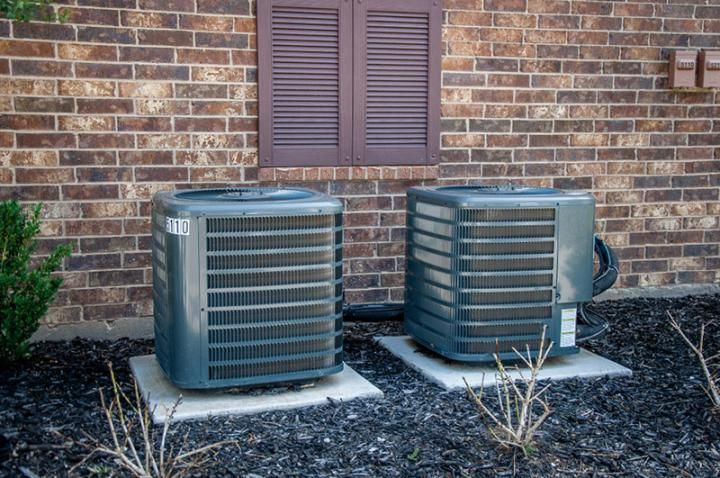

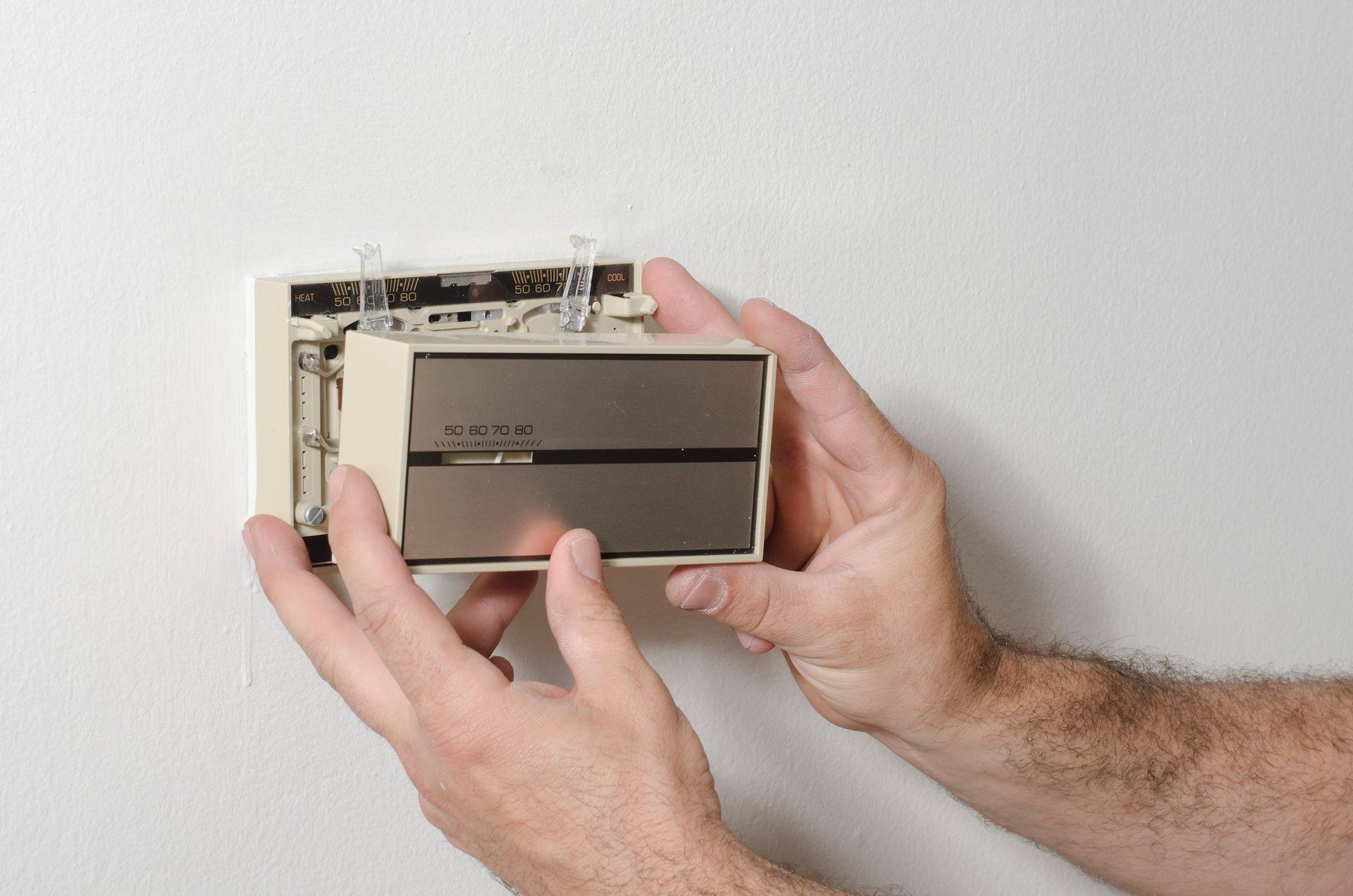

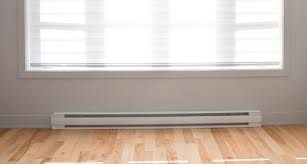
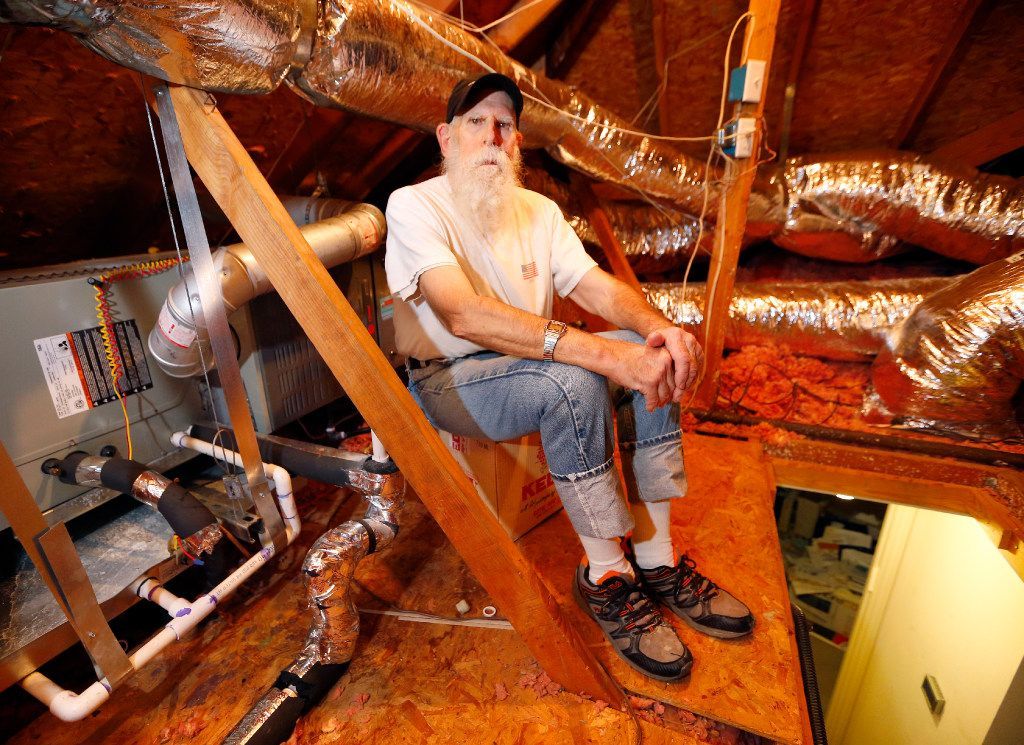

1200 Brickell Avenue Suite 1950, Miami, FL 33131
At 24/7 Local HVAC, we specialize in facilitating connections with top-tier HVAC professionals. Our focus is on bridging the gap between you and reputable HVAC companies operating within your local vicinity. It's important to emphasize that each of these HVAC entities functions independently and autonomously.
We firmly place the onus on every individual user to meticulously verify that any selected HVAC company aligns with the mandated licensing and insurance prerequisites stipulated by the governing authorities in their respective jurisdiction.
Furthermore, it's worth noting that our services may regrettably not cover all geographical areas. In instances where our services are available, the scope of offerings could potentially differ based on the composition of service providers present within that particular region.

